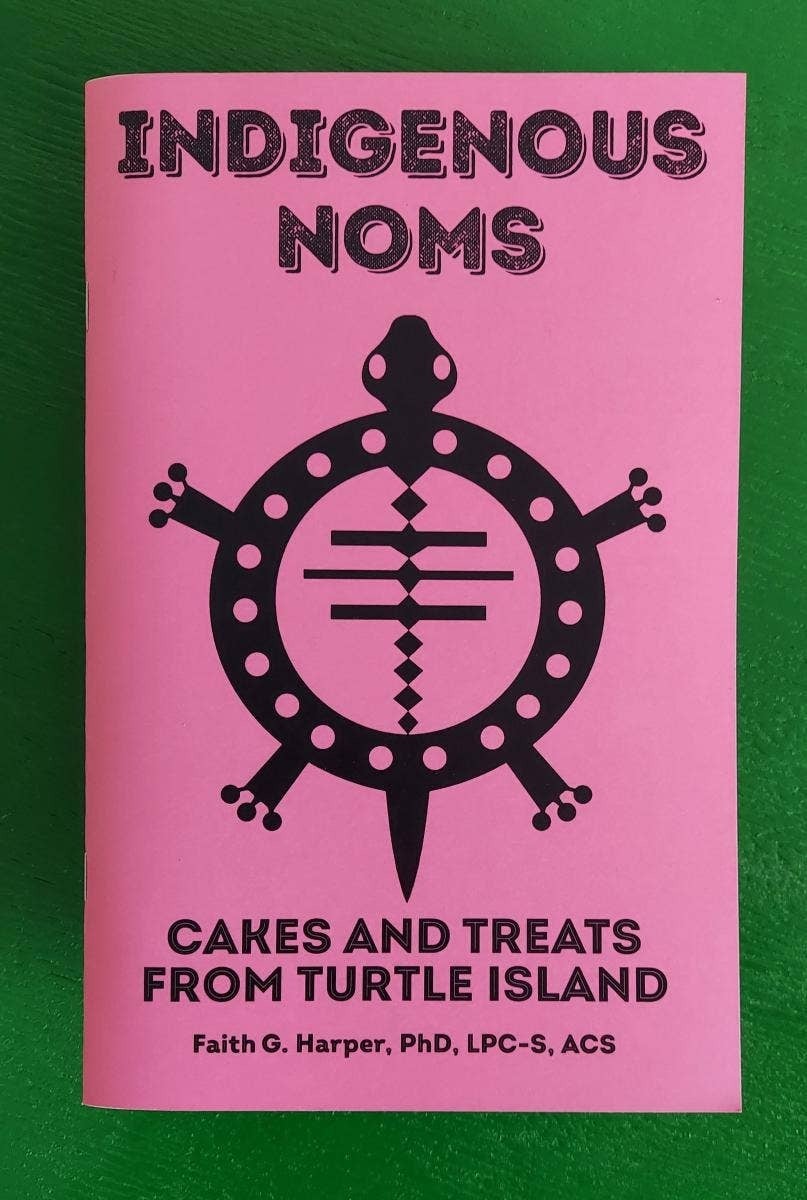
The Unseen Ink: Zines and Independent Publications as Beacons of Self-Determination on Turtle Island
On Turtle Island, the vast and diverse ancestral lands of Indigenous peoples across North America, a quiet yet potent revolution is unfolding in the world of independent publishing. Far from the polished pages of mainstream media, a burgeoning movement of zines and DIY publications is serving as a vital conduit for Indigenous voices, offering platforms for storytelling, cultural reclamation, political commentary, and community building. These low-fi, high-impact creations are more than just paper and ink; they are acts of sovereignty, decolonization, and profound self-determination, weaving new narratives that challenge centuries of imposed silence and misrepresentation.
The concept of a "zine" – a self-published, non-commercial, often handmade publication – might seem modern, rooted in punk rock and counter-culture movements of the 20th century. However, its spirit of independent communication and the urgent need to disseminate crucial information and stories bypass colonial gatekeepers has deep resonance within Indigenous communities. Long before the advent of printing presses, Indigenous nations utilized sophisticated forms of communication, from oral traditions passed down through generations, intricate wampum belts encoding treaties and histories, to petroglyphs etched into stone. These were the original independent publications, meticulously crafted to preserve knowledge, assert identity, and maintain connections across vast territories.
Today, zines and independent publications pick up this thread, offering a contemporary medium for ancient purposes. They represent a deliberate pivot away from mainstream media, which has historically perpetuated harmful stereotypes, erased Indigenous presence, or focused solely on trauma without celebrating resilience and cultural richness. As A. Wilson, a Métis scholar and zine enthusiast, articulates, "Mainstream media was never built for us. It was built to control and define us. Zines offer a way to bypass that entire structure, to speak directly, authentically, and without apology."
One of the most compelling reasons for the proliferation of Indigenous zines is the imperative of decolonizing media. By creating their own content, Indigenous artists, writers, activists, and thinkers are reclaiming their narratives. They dictate what stories are told, how they are told, and who tells them. This process is inherently political, challenging the colonial gaze that has historically framed Indigenous peoples as relics of the past or as monolithic entities. Instead, zines showcase the vibrant, complex, and diverse realities of over 500 distinct Indigenous nations across North America, each with its own languages, traditions, and contemporary struggles.
The themes explored within these independent publications are as varied as the communities themselves. Many zines focus on cultural preservation and language revitalization. With hundreds of Indigenous languages critically endangered due to colonial policies, zines become accessible tools for sharing basic phrases, traditional stories, recipes, and knowledge about ceremonies. A zine might feature illustrated guides to traditional plant medicines, a collection of poems in Cree or Anishinaabemowin, or even simple comic strips designed to teach children a few words of their ancestral tongue. These aren’t just educational tools; they are acts of love and resistance, ensuring the continuity of cultural lifeways.

Activism and advocacy form another cornerstone of Indigenous independent publishing. Issues such as Missing and Murdered Indigenous Women, Girls, and Two-Spirit People (MMIWG2S), land back movements, environmental justice, and treaty rights find urgent expression in zines. Unlike the often-filtered or sensationalized coverage in mainstream news, zines provide raw, unfiltered accounts from the front lines. They can be distributed quickly at protests, community gatherings, or directly to individuals, mobilizing support and sharing crucial information that might otherwise be suppressed. A zine detailing the history of a specific land dispute, featuring testimonials from elders, or providing resources for legal aid becomes a powerful tool in the fight for justice.
"When you hold a zine created by an Indigenous person, you’re not just holding paper," says Sarah Lee, a Diné zine maker whose work often tackles issues of environmental racism impacting her community. "You’re holding resilience, you’re holding a piece of our spirit, a refusal to be silenced. It’s direct, it’s personal, and it’s from the heart." This sentiment underscores the deeply personal nature of zine-making. Often created by individuals or small collectives, these publications reflect unique perspectives, personal experiences of intergenerational trauma and healing, identity formation, and the everyday joys and struggles of Indigenous life.
The DIY ethos of zines also fosters community building and solidarity. Zine fairs, Indigenous arts markets, and online platforms provide spaces for creators to connect, share resources, and inspire one another. Indigenous zine collectives and distros are emerging, such as the "Native Art Department International" (NADAI) who have curated zine libraries, or individuals like those behind "The Seventh Generation," who often showcase their work at various independent publishing events. These networks extend beyond local communities, connecting Indigenous peoples across Turtle Island and even globally, fostering a sense of shared struggle and collective empowerment. The accessibility of zine-making – requiring little more than paper, a pen, and a photocopier – means that anyone with a story to tell can become a publisher, democratizing the act of creation and dissemination.
Beyond political and cultural themes, Indigenous zines are also fertile ground for artistic expression. They showcase Indigenous artists, poets, illustrators, and comic creators, providing a platform for experimental and traditional art forms. Indigenous futurisms, a movement that reimagines Indigenous futures free from colonial oppression, often find a vibrant home in zines, blending traditional knowledge with speculative fiction and science fiction elements. These publications offer visions of hope, innovation, and continued Indigenous presence in an ever-changing world.
Despite their growing impact, Indigenous zines and independent publications face challenges. Funding can be scarce, distribution networks are often informal, and the labor involved in creation and dissemination can lead to burnout for dedicated individuals. Furthermore, while the digital realm offers new avenues for sharing, the digital divide still impacts many remote Indigenous communities, making physical zines a crucial point of access. Yet, these challenges only underscore the dedication and passion of the creators who continue to produce these vital works.
The future of Indigenous zines and independent publishing on Turtle Island appears bright and ever-evolving. As more Indigenous youth embrace DIY culture and digital tools, the reach and impact of these publications will only grow. They are not merely niche curiosities but essential components of a broader movement towards Indigenous self-determination, cultural resurgence, and the assertion of Indigenous sovereignty in all its forms.
In an era where information overload and misinformation are rampant, the raw honesty and directness of Indigenous zines offer a refreshing and necessary counter-narrative. They are testaments to the enduring power of storytelling, the resilience of Indigenous peoples, and the unwavering commitment to charting their own paths. As the ink dries on each new page, a new chapter in the ongoing story of Turtle Island unfolds, written by its original inhabitants, in their own words, for their own futures. These unseen inks are not just publishing; they are building nations, one stapled page at a time.



